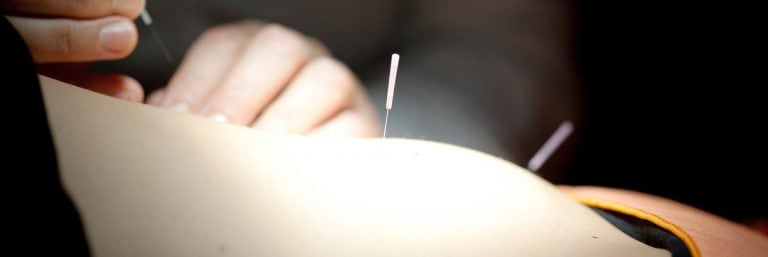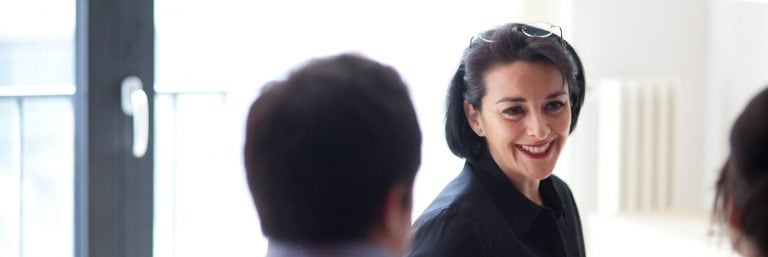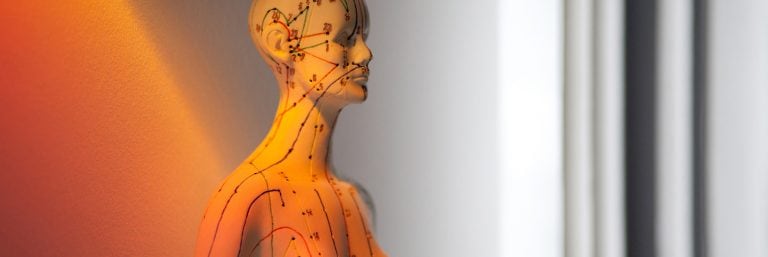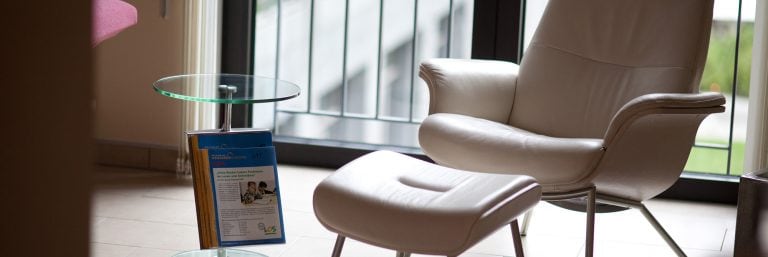Classical homoeopathy
Homoeopathy is a therapy invented by Samual Hahnemann in 1810. Homoeopathy differs from conventional methods of treatment in that disease is supposed to be cured by strongly diluted substances which would cause symptoms in a healthy person as similar as possible to those experienced by the patient.
The practice of classical homoeopathy requires years of training followed by a final examination.
Homoeopathy is regarded as a treatment involving the stimulation of specific processes in the patient.
The more harmonious the interaction between body, heart and soul and the more effective the body’s system of regulation (from which it gets its ability to resist disease), the greater the extent to which your disease will be eliminated. This approach enables real healing and increasingly stable health. Furthermore, your vitality and creativity will also be increased and with them, your enjoyment of life. Admittedly, this process takes time and thus requires your patience and cooperation.
The raw materials used to make homoeopathic medicines are predominantly natural substances: Plants, minerals and small animals, such as bee venom. These medications are potentiated during the preparation process. This means that they are diluted in steps in a diluent and then shaken or ground. Some to these substances, such as table salt, will only become medicinal agents after their healing potential has been released by the potentiation process. Still others, such as deadly nightshade, lose their toxicity during this process, with only the medicinal information that will provide the healing stimulation to your body remaining.
Homoeopathic medications contain a specific amount of the raw material at low levels of potency, together with the medicinal information released by the potentiation process and the diluents; high potencies contain just the medicinal information, which can be detected in highly sensitive and therefore resource-intensive modern scientific tests: Biophoton measurements, thermoluminiscence or Kirlian photography. You can compare this with a book, which does not resemble the author physically, but merely contains information about what the author was thinking. Alternatively, these agents can be regarded like a record, the grooves of which contain sound which can be replayed without the need for the orchestra or even the composer to be present for you to enjoy the music.
All of the circumstances that (may) have triggered your disease, everything that alleviates or exacerbates your symptoms, your current state of mind and your specific life circumstances and stresses are of decisive importance when seeking out the right agents. All of the individual characteristics of the disease, such as periodicity (times of day, seasons or phases of the moon), the specific nature of the pain, concomitant symptoms (“whenever I feel…., I also have ….”) or other characteristics (“It feels like…”) are also important.
Therefore, the better you observe, the better you will be able to describe your symptoms to the homoeopathist. This will permit a targeted selection of homoeopathic agents for your specific medical circumstances.
Because the consultation to take a medical history for homoeopathic therapy and subsequent consultations take some time, you cannot generally be billed based on a health insurance certificate. Rather, patients are invoiced privately based on the official German fee schedule for physicians’ billing (GOÄ). Patients with statutory health insurance may have some of their costs reimbursed on a good faith basis for homoeopathic treatment for long-term and severe chronic illnesses if they submit an informal application prior to the start of treatment. In each case, it is recommended that you talk to the manager at your health insurance fund office personally.
Patients with private insurance that includes coverage for outpatient treatment will generally have no problems with the reimbursement of the costs of homoeopathic treatment.



